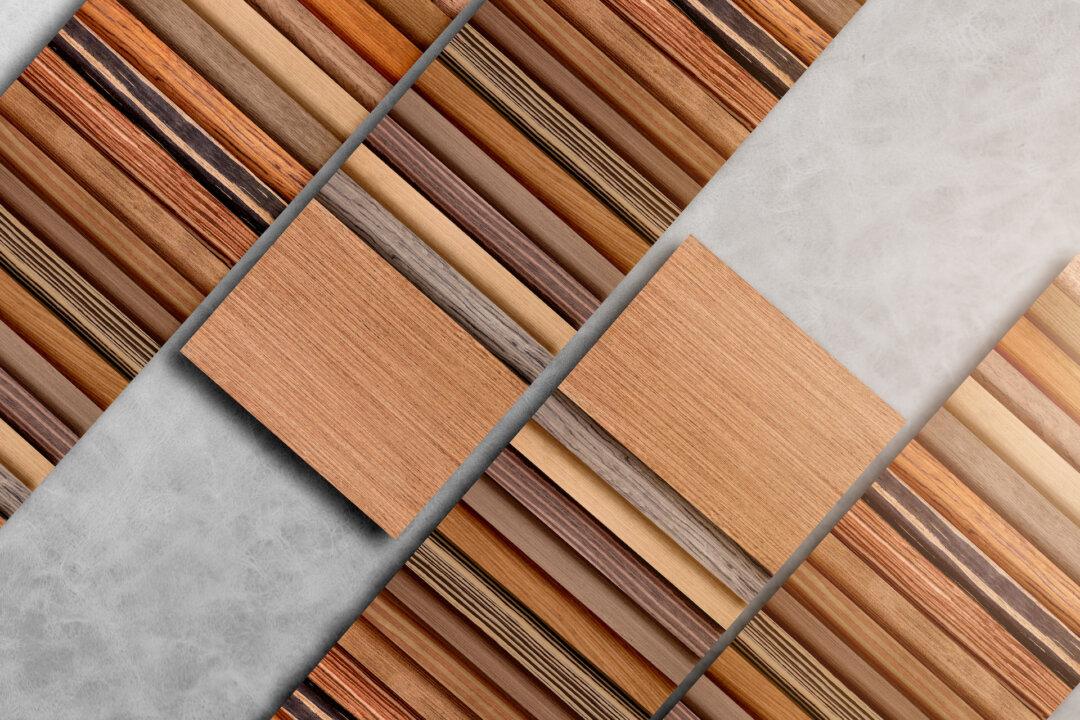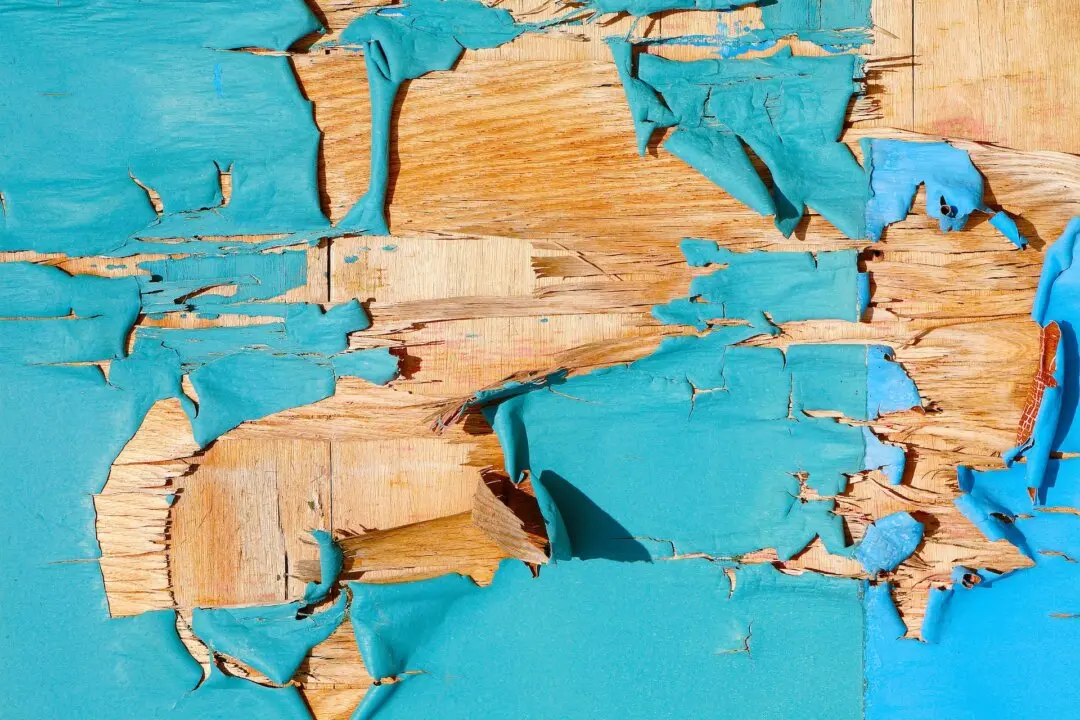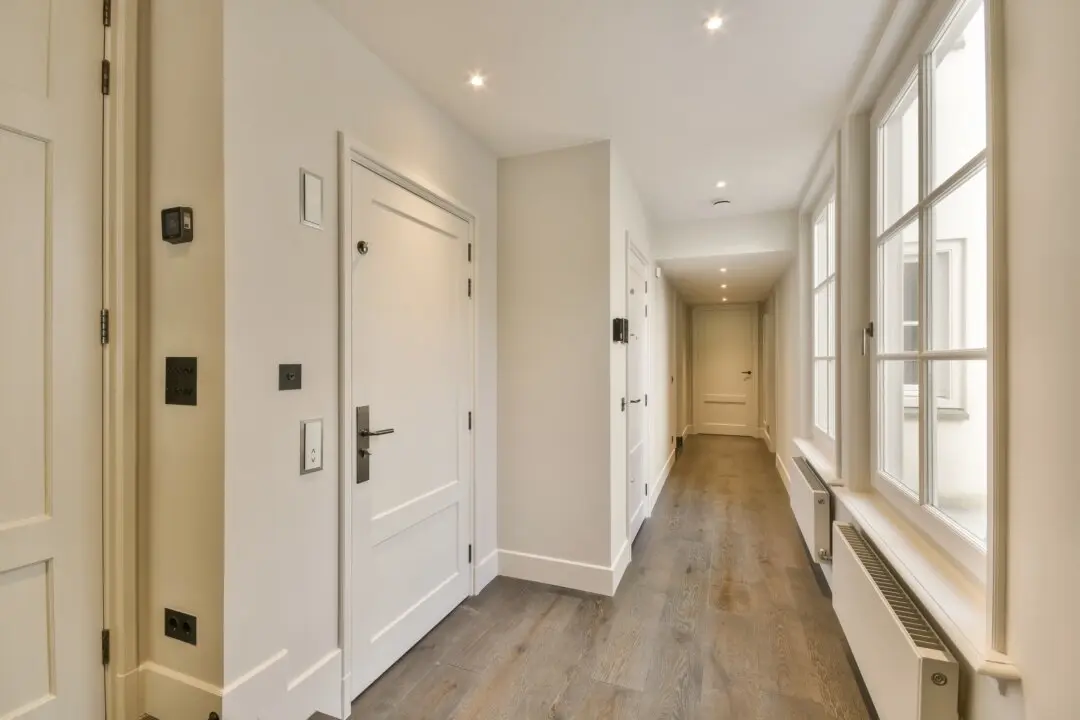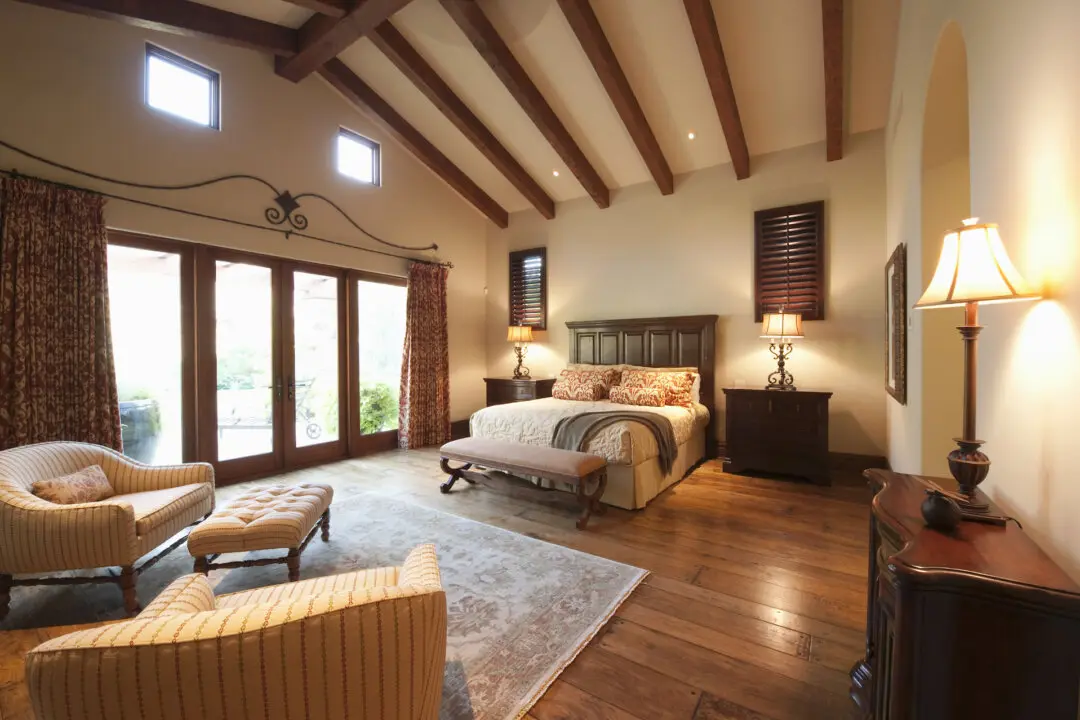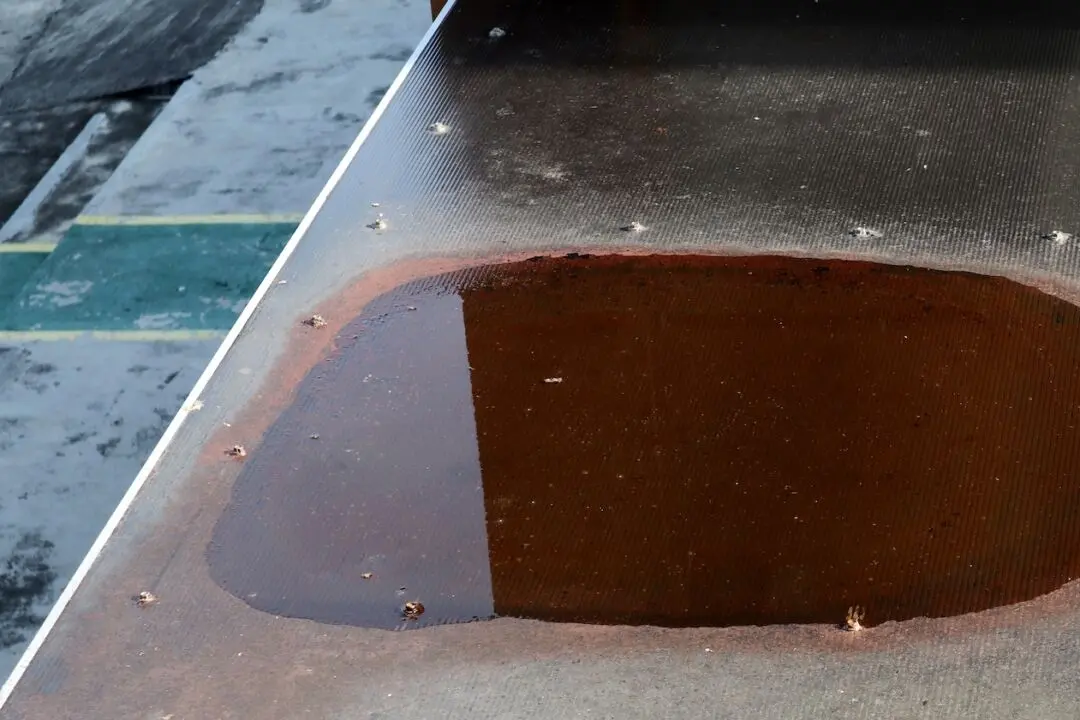Dear James: I went out to buy some lumber for some home projects. I was overwhelmed by the different kinds of lumber. What do the different grades and types of lumber mean?—Bobbi T.
Dear Bobbi: Lumber is more than just a tree cut up into boards. There are many species of trees with different characteristics. Also, the methods with which the lumber is handled, treated, and finished have a huge effect on which type is best for a given application.

